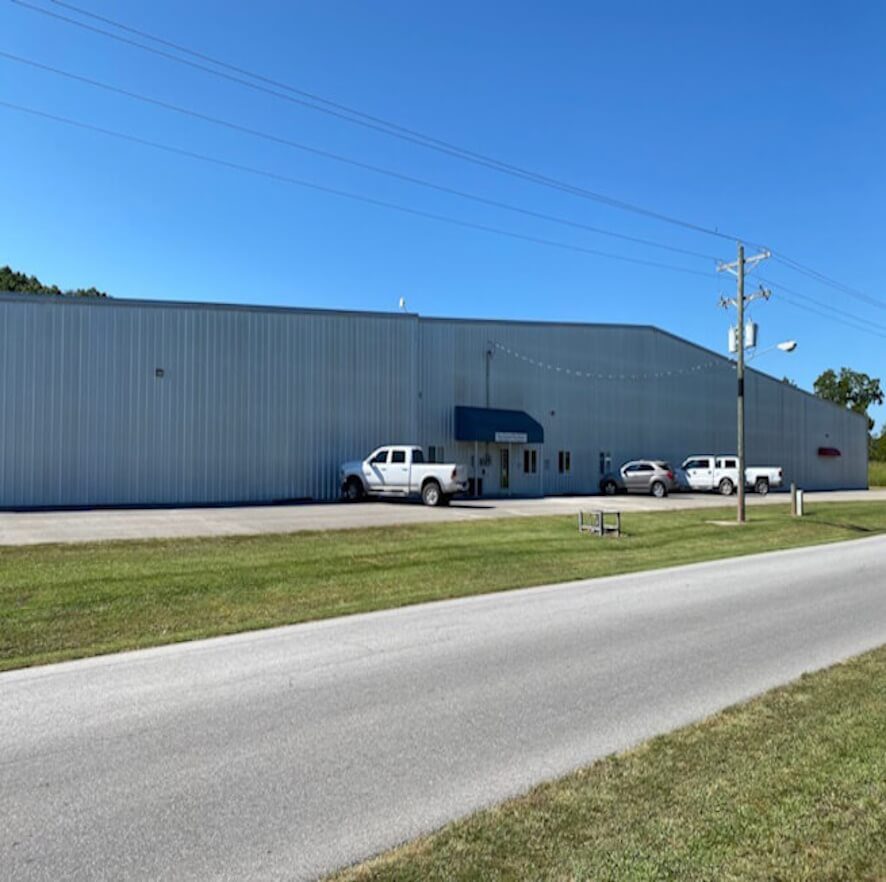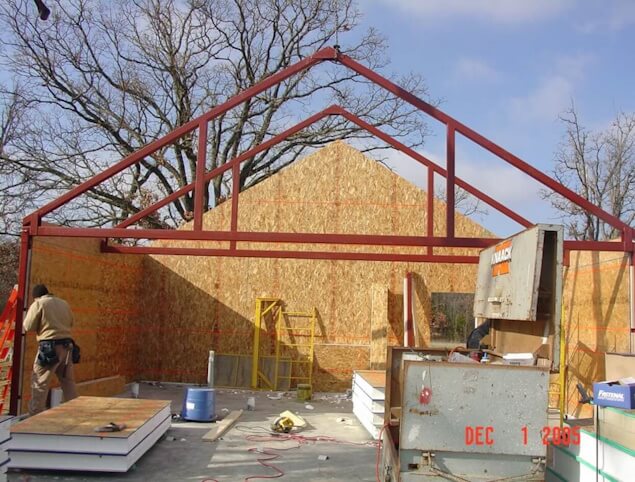
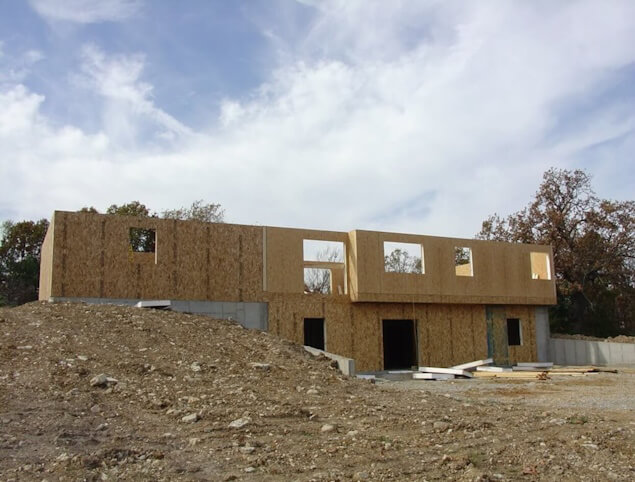
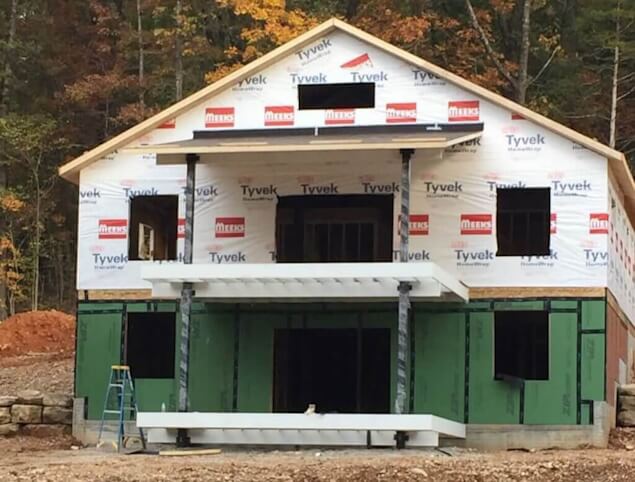
Residential:
Structural Insulated Panels (SIPs) provide superior
energy efficiency and labor cost savings
Learn More

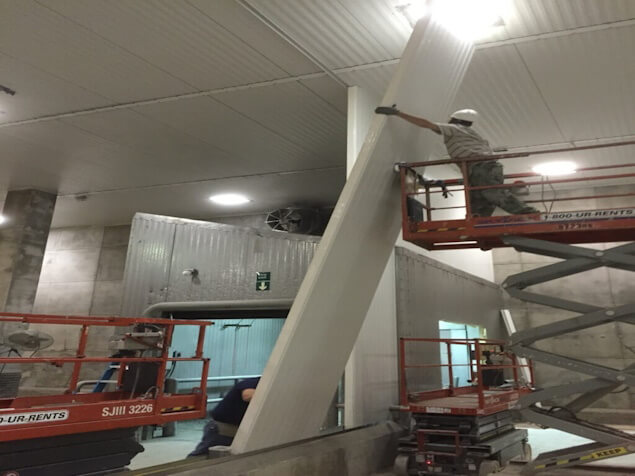
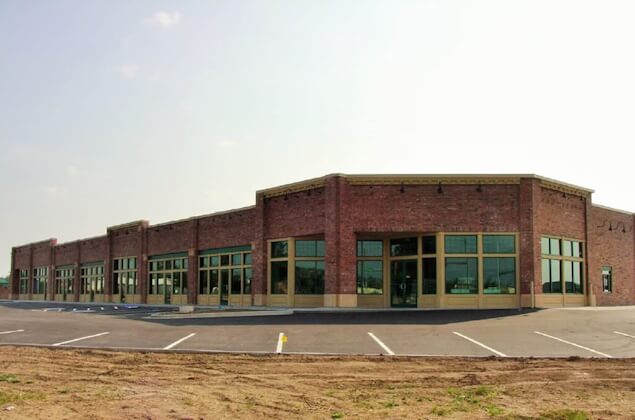
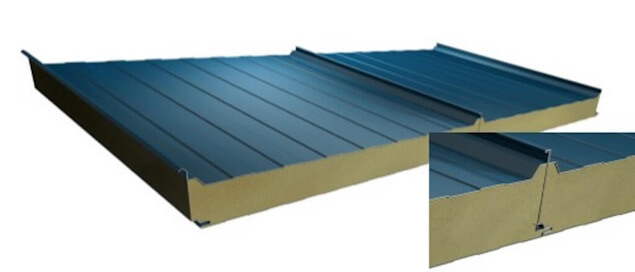
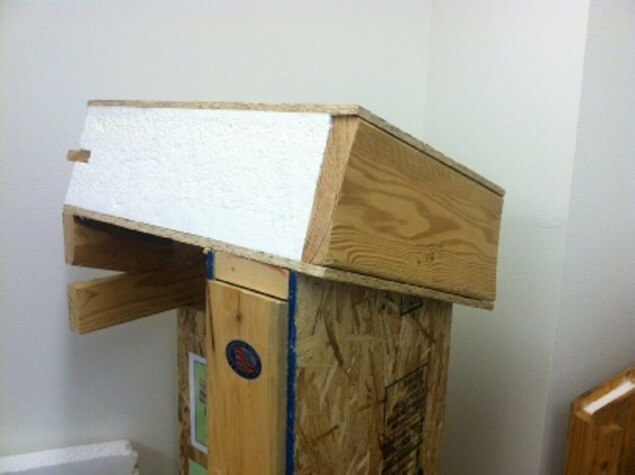
Insulated Panels For Your Roof:
Protect your home or commercial building
from the elements with these insulated roofing options
Learn More
About Us
Our facility is located in Cassville, Missouri. We have over 35 years combined experience in manufacturing, distribution, and installation of a variety of insulated panels and accessories for the commercial and residential construction industries. We pride ourselves in giving the best customer experience possible.
